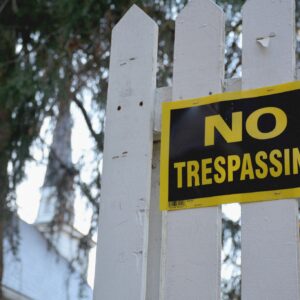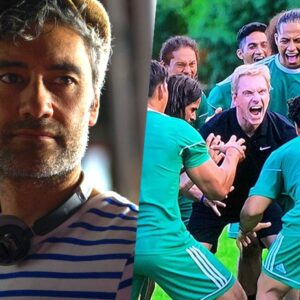
OHSWEKEN – A March Break Language and Culture Camp being held at the Six Nations Polytechnic is utilizing the week to help instill Haudenosaunee language and culture for participating youth interested in learning Mohawk or Cayuga.
The camp began on Monday, March 12 and will continue until Friday and Assistant Project Coordinator at Deyohaha:ge Language Centre Tanis Hill said that she felt “good” about how the camp is going so far.
“They’re having a good time too,” said Hill.
Six Nations Polytechnic stands as the first and remains the only institution to offer a degree program for Haudenosaunee languages. Hill agreed that the camp might also help the youth look into those programs in the future, regardless of fluency level.
“I know that at least two of our instructors have taken the programs here at Polytech before,” she said, including the degree program. “We have one non-native and non-resident student here and his family is quite close to families on the reserve, so he just wants to learn Mohawk. He’s really enjoying it.”
The camp itself was also offered behind a great collective effort:
“[This camp] was actually a part of a project that we had done three or four years ago,” she said. “It was one of the projects, part of three projects, to increase the language knowledge of the community. So we developed this camp to teach the kids about traditions and to help to instill their culture and their language.”
She explained that the five-day camp has instructors that have created activities to help the youth utilize the language while incorporating teachings and culture. The youth will be given the opportunity to experience guest speakers including Art Johnson, Cindy Martin, and “Garrett O’Deere.” But Hill noted that the program did have a low enrolment this year, so they decided to combine both the Mohawk and Cayuga language groups.
“[Combing the two] is actually turning out quite well,” she said. “They’re able to kind of realize too that between the languages some of the words are the same, and just hearing it the Cayuga speakers can understand what’s being said in Mohawk and vice versa.”
“They do have an intimate group so they’re able to get more one on one as well and that’s really beneficial.”
Roughly 50 percent of known languages have disappeared in the last 500 years and as indigenous language loss has been called the “silent genocide,” efforts such as those that were taken to put this camp in place are steps taken closer to ensure Haudenosaunee language security.











